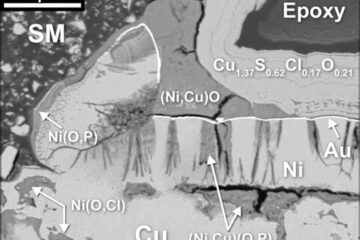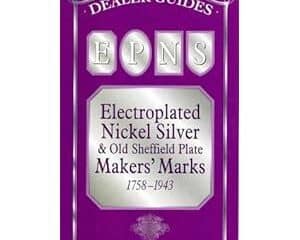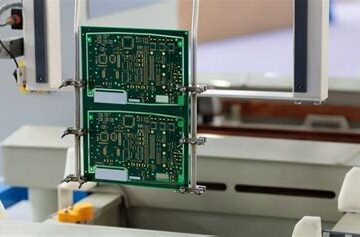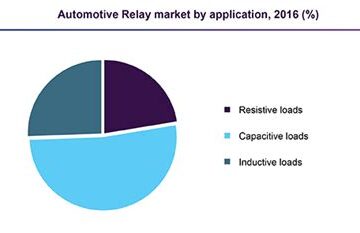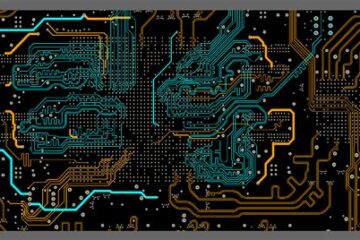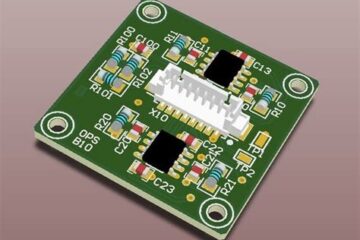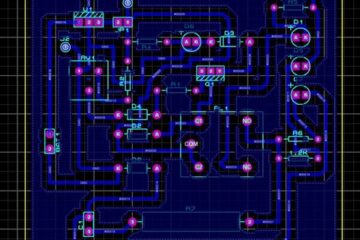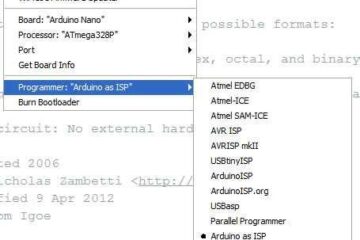PCBA
ENIG-BLACK PAD
What is ENIG-Black Pad? ENIG-Black Pad (BPD), also known as “Black Pad Syndrome”, is a defect that can occur in printed circuit boards (PCBs) with an Electroless Nickel Immersion Gold (ENIG) surface finish. It is characterized by the formation of a thin, brittle layer of black nickel oxide or phosphorous compounds between the nickel and gold layers, leading to poor solderability and weak solder joint strength. BPD has become an increasingly common issue in the Read more…
